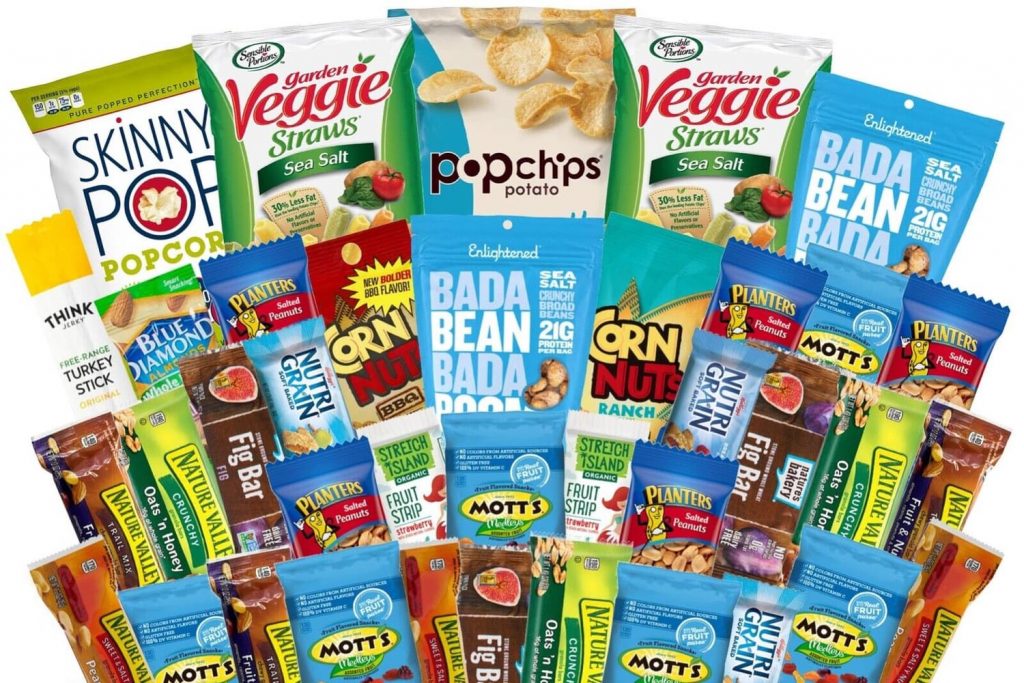For many modern consumers, food has taken on a deeper meaning in which the topic of health has come to the fore. However, in reality, people do not want to deny themselves pleasure. The examples in our material will help to understand how snack manufacturers have successfully combined these two trends, thereby strengthening their market positions.
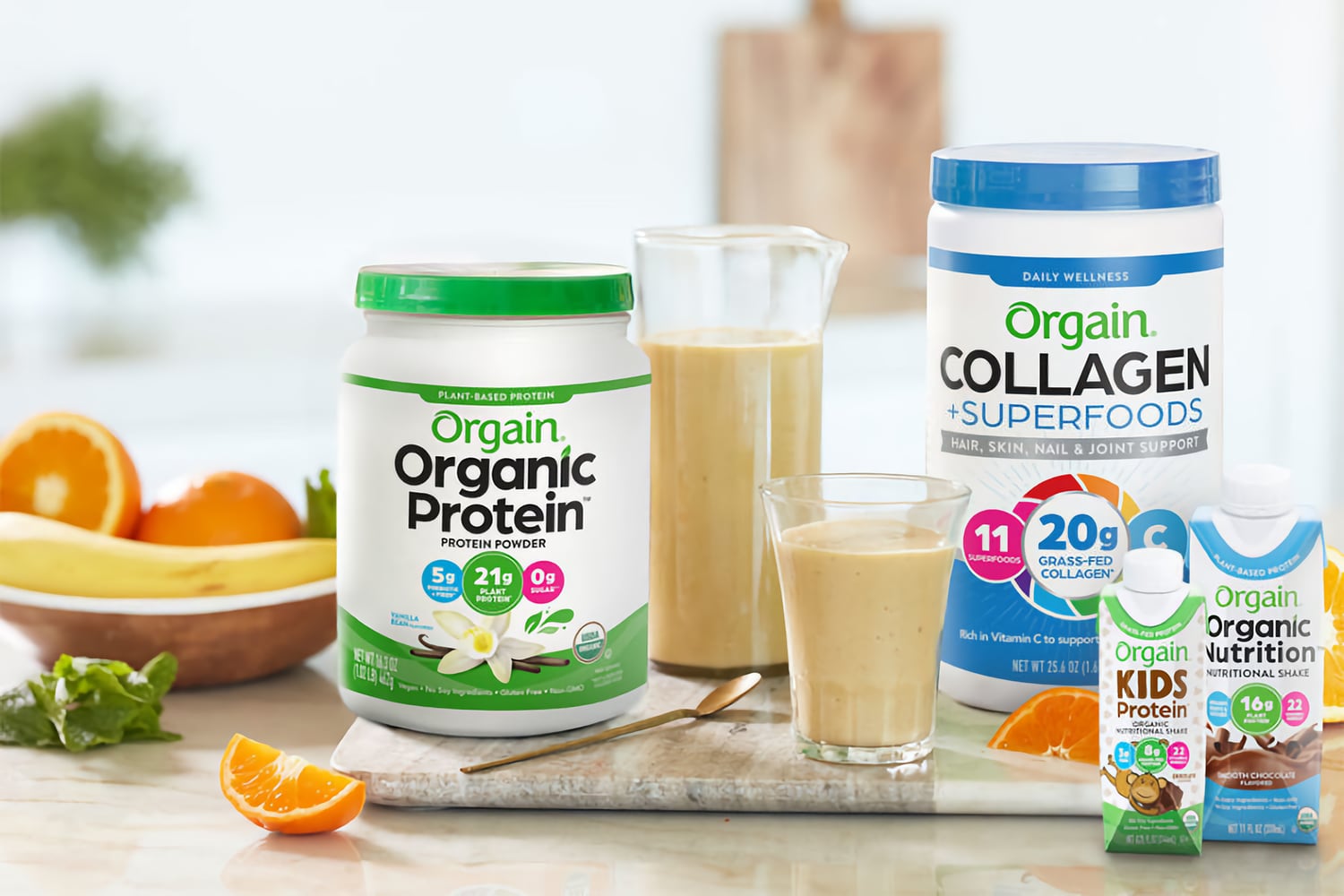
Post-pandemic era
Ten years ago, affordability and taste were the single biggest motivators for picking up snacks. If the snack was tasty and it was good for the wallet, they preferred it. The pandemic forced us to look at buying motives and needs from a different angle.
At present, we can safely say that health will remain a fundamental motive for a long time to come. And “healthy” foods and drinks in the post-pandemic era will be a major consideration for many consumers.
Moreover, useful in a broad sense. The final mantra, «good for the immune system,» brings together a wide range of variations, from dedicated immune-boosting foods to low-calorie, sugar-free, and major allergen-free options. In general, if it does not directly contribute to health, then at least it will not harm.
And this is combining other requirements, the locomotives of which continue to be naturalness and ease of use. The latter is empirically transformed into a kind of standard for the entire snack food market.
What will we eat
Consumers’ desire for tasty, satisfying snacks coincides with personalized wellness goals that have weathered the storm of the public health crisis and become a persistent macro trend to meet changing consumer needs.
For example, functional health snacks, which most in the industry are already aware of, and this has already become a “fashion concept” for several brands at once and not just neophyte companies. Experienced players also took up exploiting the theme, now several large holdings are seriously modifying their product portfolios.
But if you look at the sector from a broader angle, you can draw a non-obvious conclusion — the health trend in part serves only as a link with other higher-level trends that are gaining momentum, such as having fun, new experiences and the desire to snack on the go. We have talked about this many times in our articles.
Now imagine the challenge that snack companies have to face in order to keep up with all these current consumer trends! But some do it quite well.
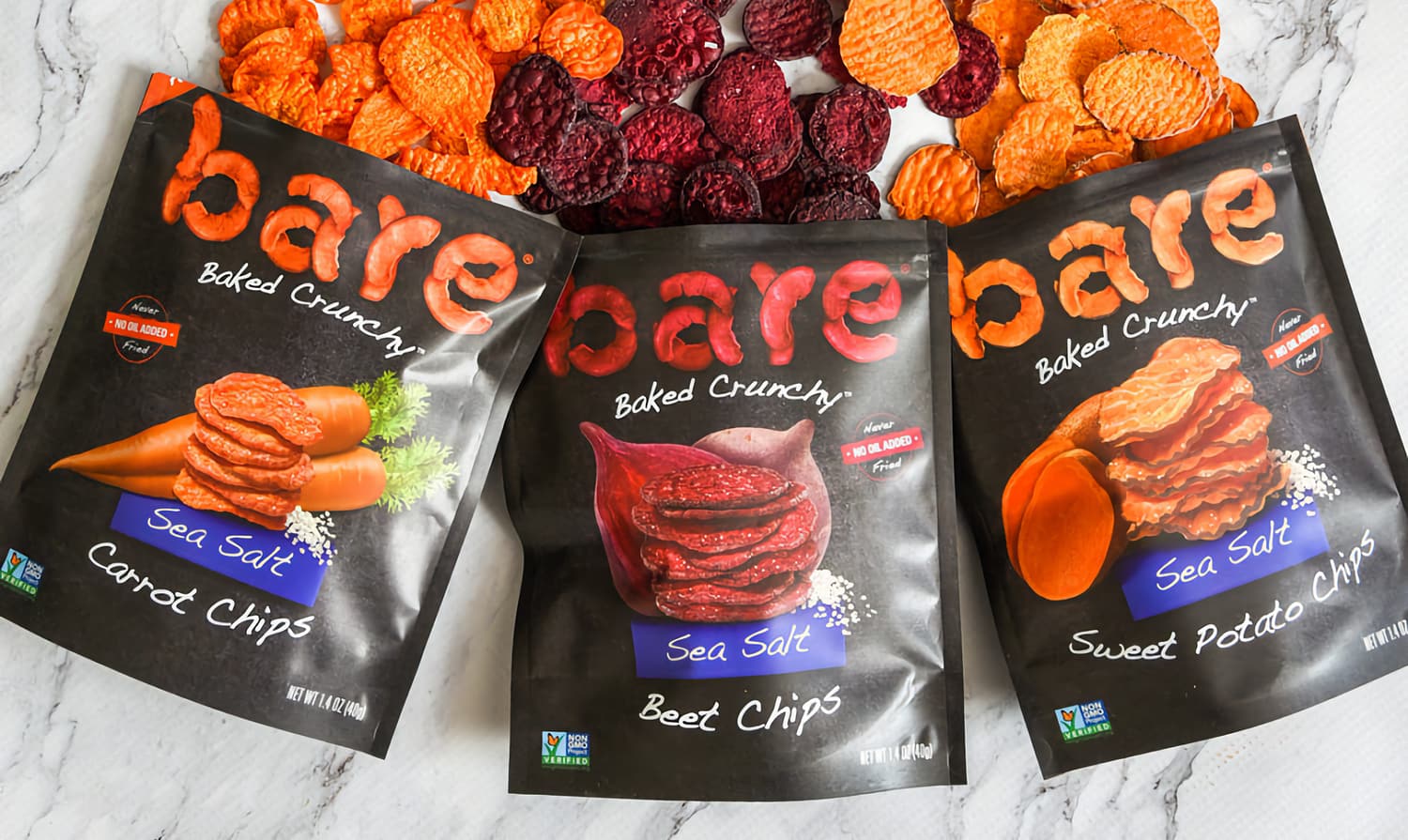
Just look at the missions of brands such as Simple Mills, Clio, Rip Van, LesserEvil, Sourse and Bare Snacks — some you may even already know and love. They are simply made with healthier ingredients or are gluten-free. Basically, whether you have allergies or dietary needs, there is a snack for you that doesn’t skimp on taste and enjoyment.
In this article, we tried to demonstrate, using examples of the current consumer challenges in the snack food industry, how companies managed to respond to consumer desires that are no longer homogeneous.
We do not pretend to the next rating, we just settled on potential favorites in their segments [offering excellent guidelines for readers to review their own product strategies].
«Infernal» snacks
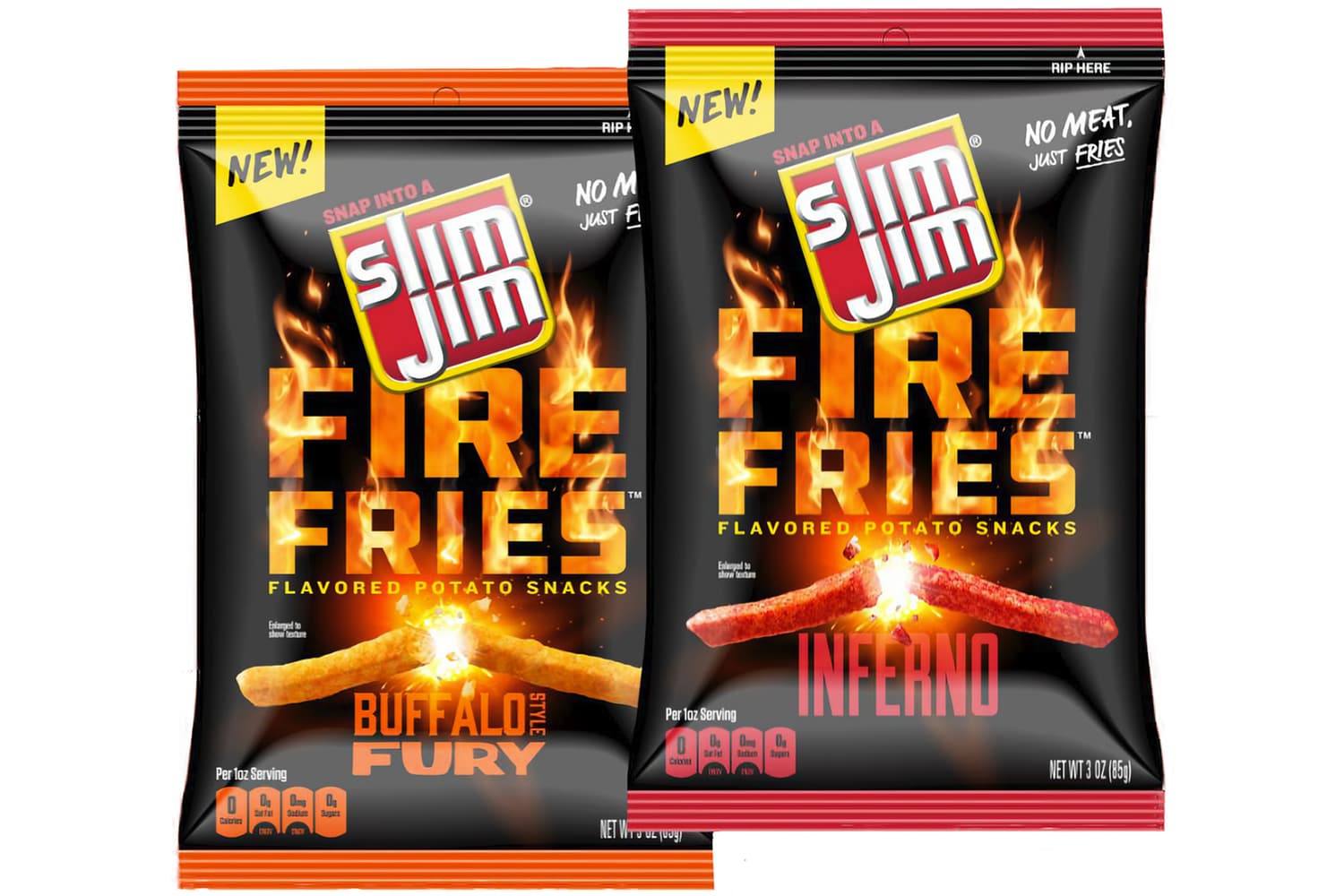
Nobody likes to talk about it, but consumers are not willing to give up memorable flavors even if they don’t directly claim to support health. This occurs in both food and beverages. Not without reason, according to the results of 2021, the TOP of the most popular drinks in the IRI rating is occupied by carbonated drinks — a category that was predicted to collapse a year and a half ago.
In FMCG, taste will long remain one of the most important drivers that can support loyal consumers and stimulate sales. And in such classic segments as snack products — especially.
For example, potato chips. Consumers still value them; for manufacturers, they are the source of unlimited product innovation and vision. In a specialized review, we analyzed the latest trends in the “chips revolution”, focusing on the most interesting strategies of manufacturers of a popular snack.
Market leader Slim Jim, owned by Chicago-based Conagra Brands, Inc, saw potential for a $377 million french fry category with millions of fans around the world.
«Everyone loves french fries and we’re going to attack along the way,» said Thomas M. McGough, COO and EVP of Conagra Brands during the company’s April 10 investor day.
In an effort to support its $2 billion snack business, the manufacturer made a bold decision to expand into new segments. And what! The company calls its recent Slim Jim Fire Fries a «bold and spicy» take on the iconic Slim Jim brand. Now it has snacks “like potatoes” with infernal burning tastes of “buffalo fury” and “inferno”… not containing meat – in the best plant traditions that have been ruling in almost all neighboring industries in recent years.

The segment of vegetable snacks has been attacked by young innovators before. For example, suffice it to recall the successful rise of the Hippeas Organic Chickpea Puffs brand, which broke into the market in 2016. Just the very case when hedonistic consumers cannot live without «tasty chips» but in full accordance with the current global vision in terms of health and longevity.
Lush chips in the form of Hippies chickpea sticks (each stick pack averages 3 g of protein), healthy fiber (3 g per serving) and «bomb» trendy flavors are impressive, while remaining vegan. The super-cheese variation turned out to be especially inspirational, but here, as they say, it’s not for everybody.
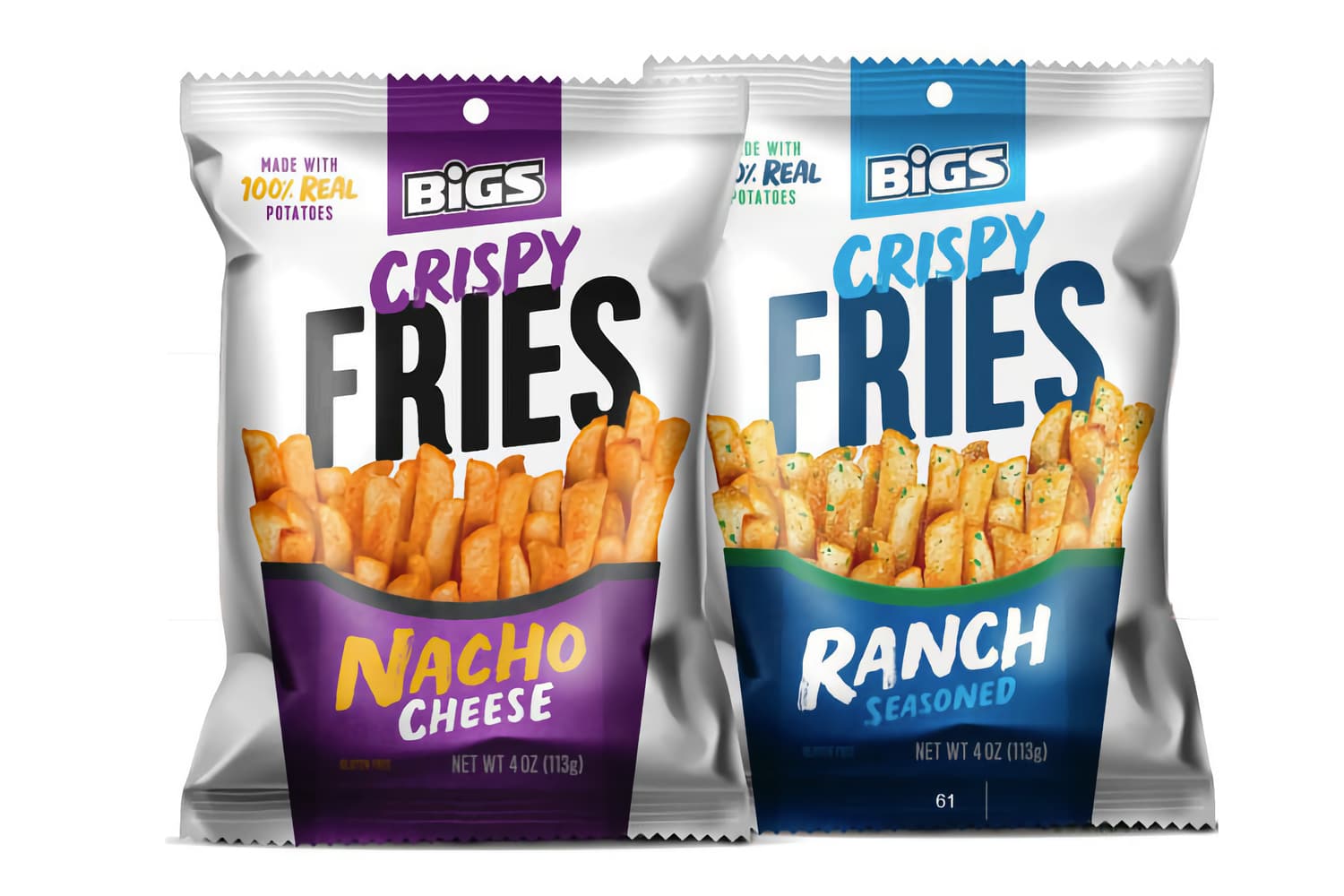
Bigs (once a simple brand of seeds from the Conagra portfolio) is actively looking into the segment with the launch of French fries with nacho cheese and ranch flavors — two win-win flavors in a category that has grown by almost 8% over the past year.
The food holding’s brand portfolio already includes the popular popcorn brands Orville Redenbacher’s, Angie’s Boomchickapop and consumer-favorite meat snacks from the Duke’s brand. For 2023, the company has identified for itself opportunities for experimentation in the forgotten chances — segments of large categories that are growing at a very high rate.
Investors like the chosen strategy. Snacks sales grew by almost 8% last year, or 14%, over a two-year period, with growth across the entire snacks portfolio. Organic sales growth of the parent company will continue within 2%, and operating margins will improve to reach 18-19% for FY 2022.
Conagra’s product synergy shows how different brands express their vision. But to break into the leadership of the highly competitive snack segment, manufacturers need sound dissent. R&D clearly needs a paradigm shift in thinking and doing things differently than traditional snacks or frozen foods.
«Blue oceans» can be hidden in some pretty unexpected places.
Pickled chips
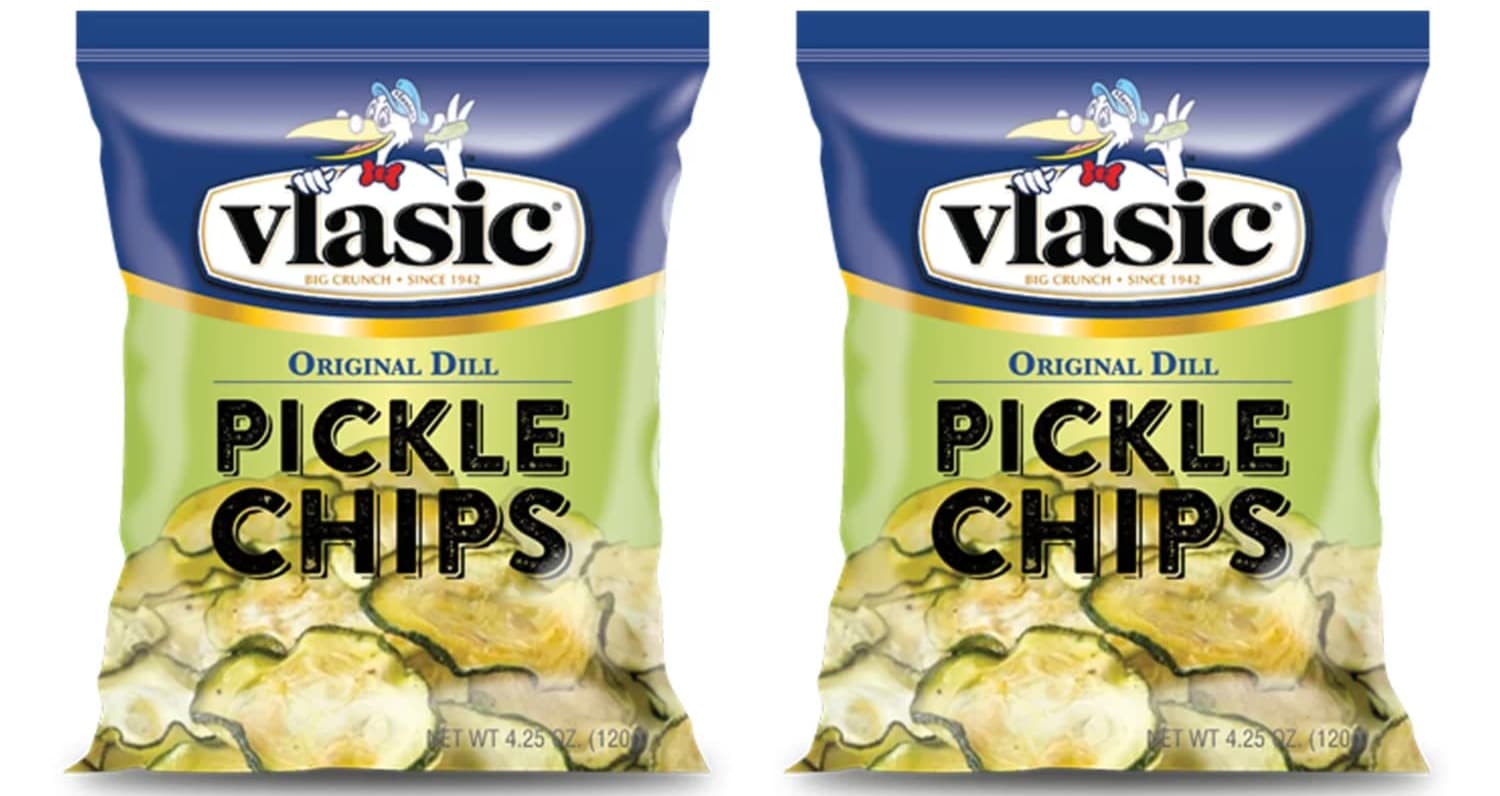
A non-obvious and even daring example of this attitude to product innovation in the food industry is pickled cucumber chips.
People have always loved the aroma of pickled cucumbers in snacks, whether it’s potato chips or bread toasts. The classic “can version” has a strong shelf life and is in the $1.1 billion category last year.
But pickled “cucumber chips” are an excellent appetizer! This novelty is by no means primitive, if such a thought suddenly comes to someone’s mind. In fact, it is a product without calories and carbohydrates, convenient to consume and with a remarkable hit taste. Moreover, natural.
We all know that eating cucumbers from a jar is inconvenient and unhygienic. But pickled snacks in the form of chips will easily become something special, especially in gas station stores and c-stores.
Vlasic created single-grade pickle material slices, which are vacuum-fried chips made from pickled cucumber slices. The resulting product tastes absolutely fantastic.
Such a decision requires a bold approach, flexible innovation and visionary novelty. But it claims to minds and wallets in a category that grows by 6% annually.
As a result, an unusual product wins at points of purchase. The drivers are the right price and packaging, as well as the choice of sales channels. Namely, wherever snacks are sold.
While Vlasic doesn’t compete in the big chips categories, the brand is building a big snack business with strong innovation by focusing on «unusual strategic categories.» At the same time, having received as a bonus a huge opportunity to enter the market next year.
New old
Virtually all food categories today are supported by strong consumer trends around protein, plant-based nutrition, and what experts call “tolerable indulgence.” In the sense, «so delicious, so as not to harm.»
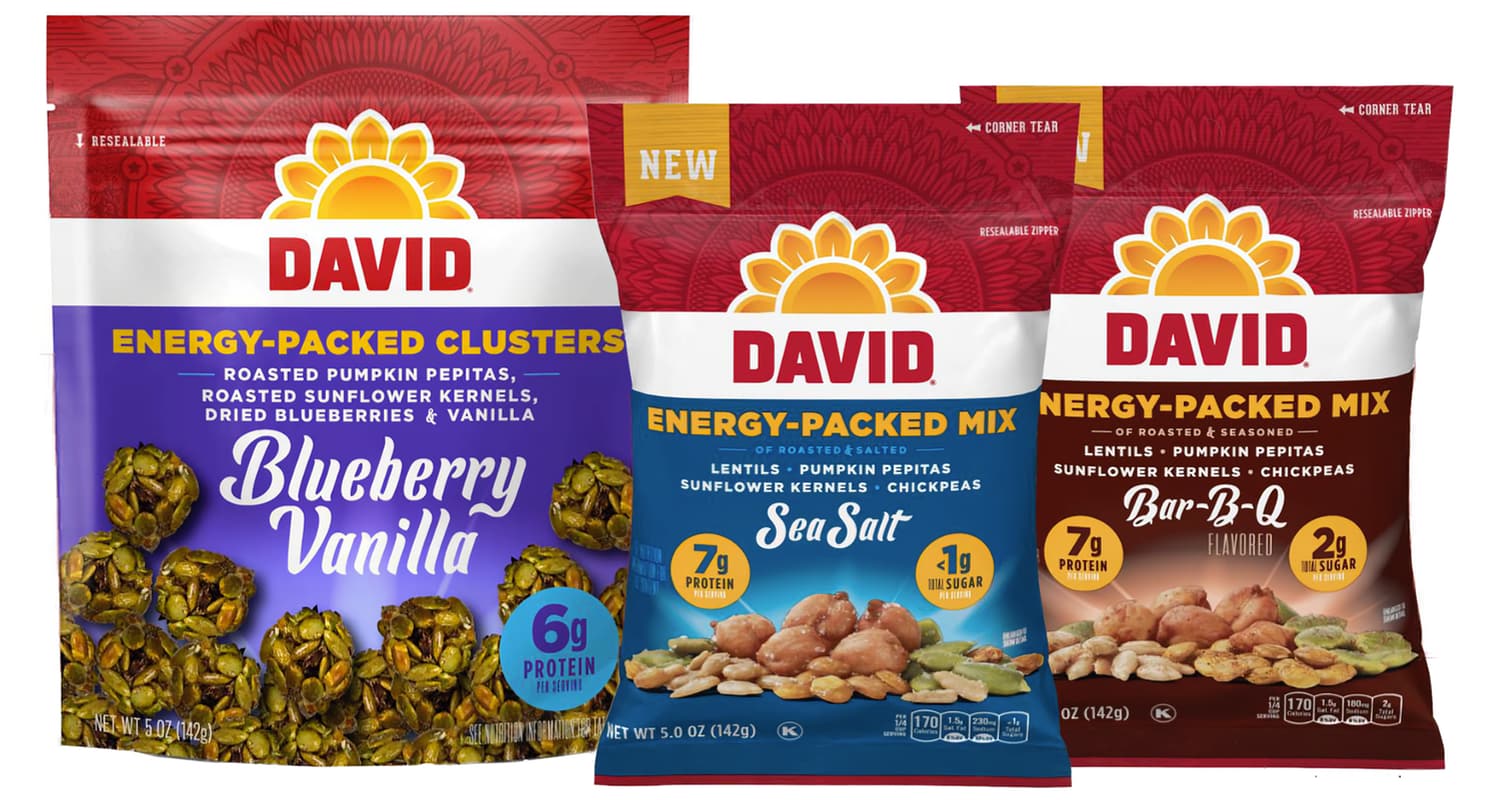
Digging deeper into the new plant-based snack format, the David brand’s experience of combining protein-based or plant-based snacks opens up the huge $13 billion category. Their recent launch of «seeds in a new format» is worth stopping by.
Let’s face it, not everyone eats sunflower seeds. Therefore, for those who were stopped by this type of snack, David created a new format for the classic snack. Breathing fresh air into the old «seed cluster», David paired sunflower seeds with fruit for a dense, protein-packed, nutrient-dense snack.
The novelty with energy content cannot be called classic seeds. It is a high-protein, low-sugar food that is perfect for the paleo and keto lifestyle.
Not for health …
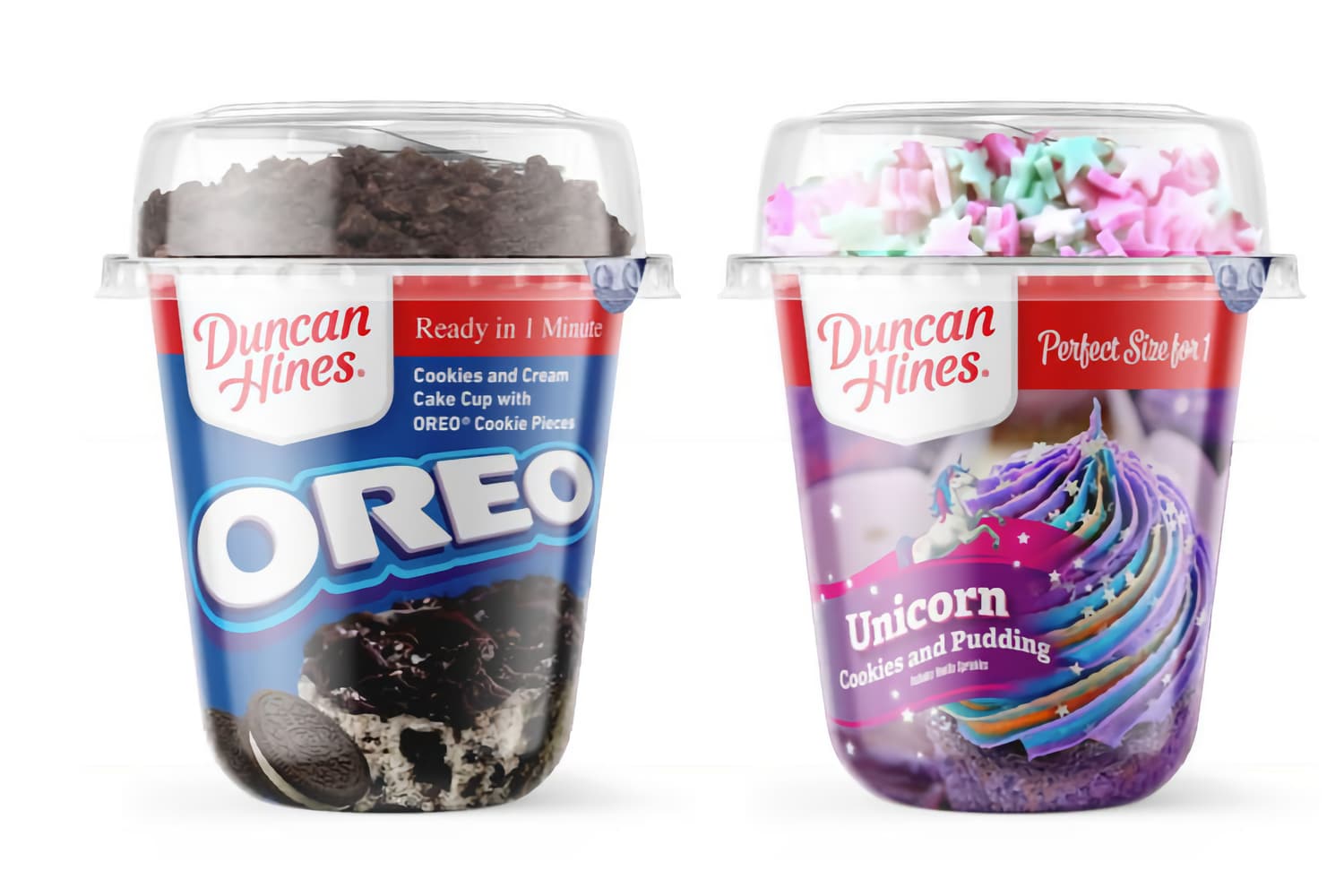
Echoing David, the Duncan Hines brand also showed an important message with its product vision: for sales to grow, products must break out of their outdated formats.
A striking example of this approach is their new Duncan Hines Perfect Size for 1. Historically, the brand of cake mix is in the best traditions of another powerful DIY trend that deserves a separate story. The new Duncan Hines app is a quick fix for a sybaritic snack.
Along with the popular version of the unicorn-style pudding cookie (yes, still a hot topic), Duncan Hines has taken the market by storm with their Oreo cookie-bite instant cake mixes, a timeless co-branding partnership theme that works great in FMCG.
And if someone «does not have enough health», then there is more than enough pleasure here. In addition, many of the new snacks that we have listed could easily be considered as contenders for display in the center of the store. Before that, they were locked in their archaic borders, exploited for years. Now a huge space for demand is opening up for them.
This is exactly what consumers will want. But not only. A huge backlog for the industry is brought by micronutrients. Let’s take a closer look at this trend.
Micronutrients in focus
Interest in micronutrients, including adaptogens, electrolytes and postbiotics, has grown by +2355% over the last year, according to Tastewise, an Israeli analytical company. Today, as ingredients, they claim center stage in packaged foods and beverages.
As information on postbiotic benefits becomes more widely available and interest in these micronutrients expands beyond traditional consumer niches, brands that manage to incorporate them into the DNA of their snacks will gain a significant competitive advantage.
Desirable consumer audiences such as women, millennials, and all consumers of one of the most difficult, but one of the most active consumer categories, the growing market force of “Generation X”, which we recently covered, are currently showing the highest interest in this category. It’s not even worth thinking about in which direction the attention of teams of product managers, technologists and marketers should be directed.
For brands with a proactive eye for product innovation, next year could easily be a major breakthrough. All you have to do is pay attention to how to integrate global macro and micro trends into your developments, filling your product vision with new meanings.
Still to find an idea, but each of our reviews is filled with inexhaustible ideas and examples of new products. At the turn of the years, another positive scenario for the sector of «healthy» snacks is added to them.
